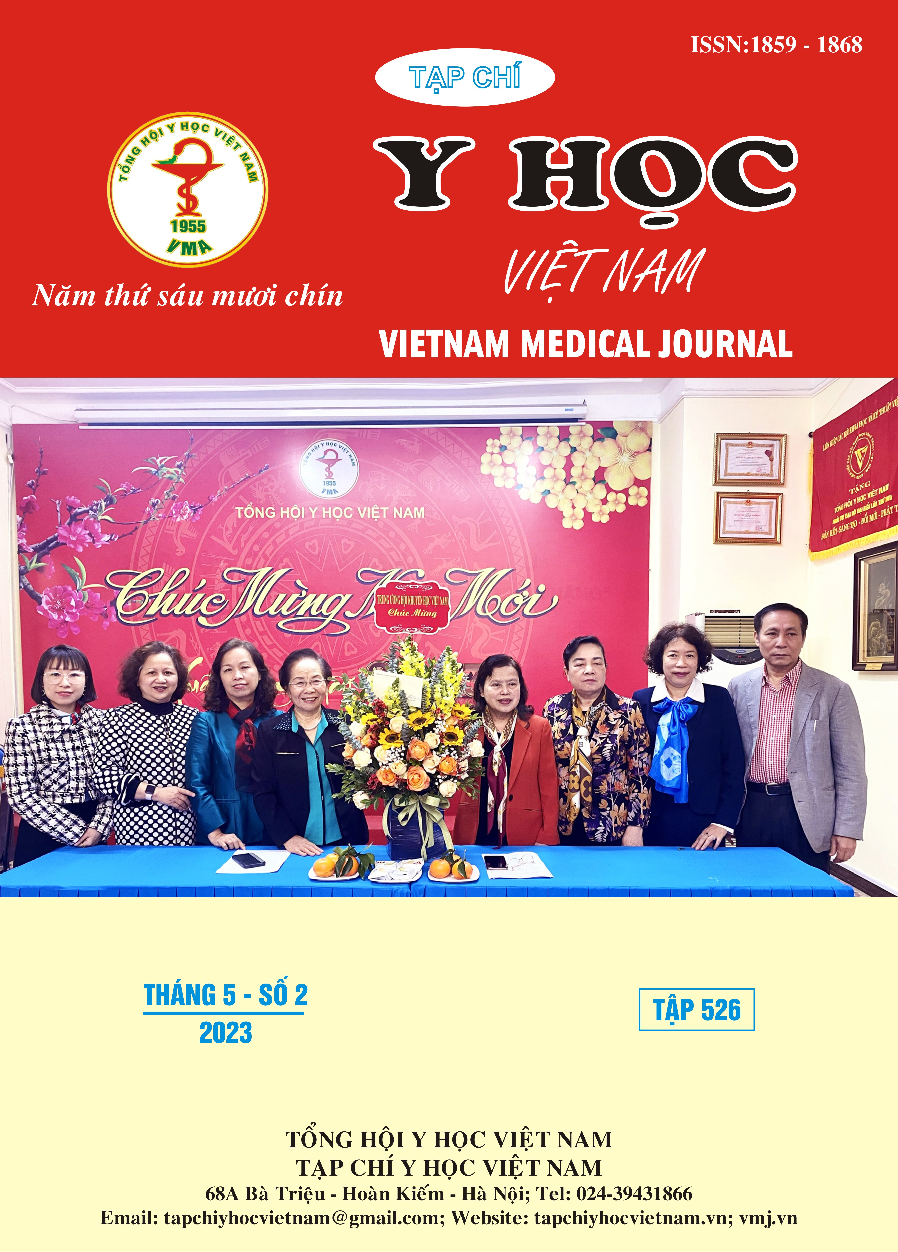ANATOMICAL STUDY OF THE DORSAL NASAL ARTERY TO PREVENT VISUAL COMPLICATIONS DURING FILLER INJECTION
Main Article Content
Abstract
Introduction: Nonsurgical rhinoplasty by filler method is a common injection associated with ocular complications. Digital compressions on lateral side wall are recommended during injection. Considering the recent reported incidences of visual complications, this preventive technique may need update for more effectiveness to prevent blindness. Objective: Describe the features of dorsal nasal arteries (DNAs). Materials and methods: conventional dissections in the subcutaneous and fibromuscular tissues of the nasal dorsum and lateral side wall in 15 cadavers. Results: It showed that among the 15 faces, 8 faces had bilateral DNAs (53%), 6 had dorsal nasal plexus with tiny arteries (40%), and 1 had a single dominant DNA (7%). The DNA originated from one of the four arterial sources, which influenced the location and course of the artery. These sources included: the ophthalmic angular arteries in 5 faces (56%), terminal ophthalmic arteries in 1 face (11%), lateral nasal arteries in 2 faces (22%) and facial angular arteries in 1 face (11%). Conclusion: the dominant dorsal nasal artery running close to the midline found in 7% of the cases could make side compressions during nasal dorsum augmentation less effective from preventing ocular complications. However, an adjustment of digital compressions which combines pinching and side compressions is suggested to improve the safety.
Article Details
Keywords
Dorsal nasal artery, ocular complications, blindness, nonsurgical rhinoplasty, filler injection.
References
2. Cai B, Yuan R, Zhu GZ, et al. Deployment of the ophthalmic and facial angiosomes in the upper nose overlaying the nasal bones. Aesthet Surg J. 2021.
3. Choi DY, Bae JH, Youn KH, et al. Topography of the dorsal nasal artery and its clinical implications for augmentation of the dorsum of the nose. J Cosmet Dermatol. 2018;17:637–642.
4. Lee W, Koh IS, Oh W, et al. Ocular complications of soft tissue filler injections: a review of literature. J Cosmet Dermatol. 2020;19:772–781.
5. Tansatit T, Phumyoo T, Jitaree B, et al.. Anatomical and ultrasound-based injections for sunken upper eyelid correction. J Cosmet Dermatol. 2020;19:346–352.
6. Tansatit T, Phumyoo T, Jitaree B, et al. Commentary on: Deployment of the ophthalmic and facial angiosomes in the upper nose overlaying the nasal bones. Aesthet Surg J. 2021.
7. Thanasarnaksorn W, Cotofana S, Rudolph C, et al. Severe vision loss caused by cosmetic filler augmentation: case series with review of cause and therapy. J Cosmet Dermatol. 2018;17:712–718.
8. Yang Q, Lu B, Guo N, et al. Fatal cerebral infarction and ophthalmic artery occlusion after nasal augmentation with hyaluronic acid—A case report and review of literature. Aesthetic Plast Surg. 2020;44:543–548.s


